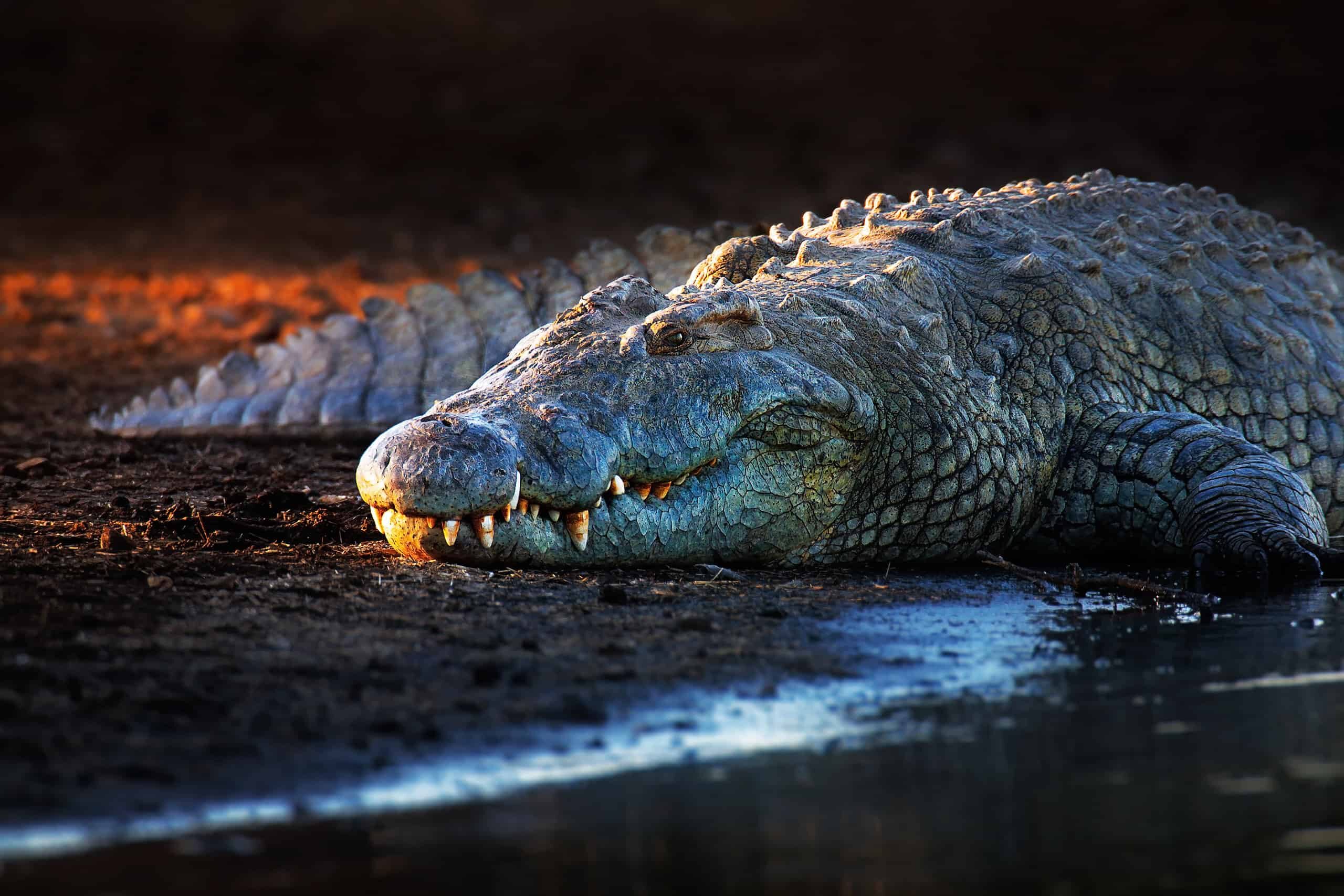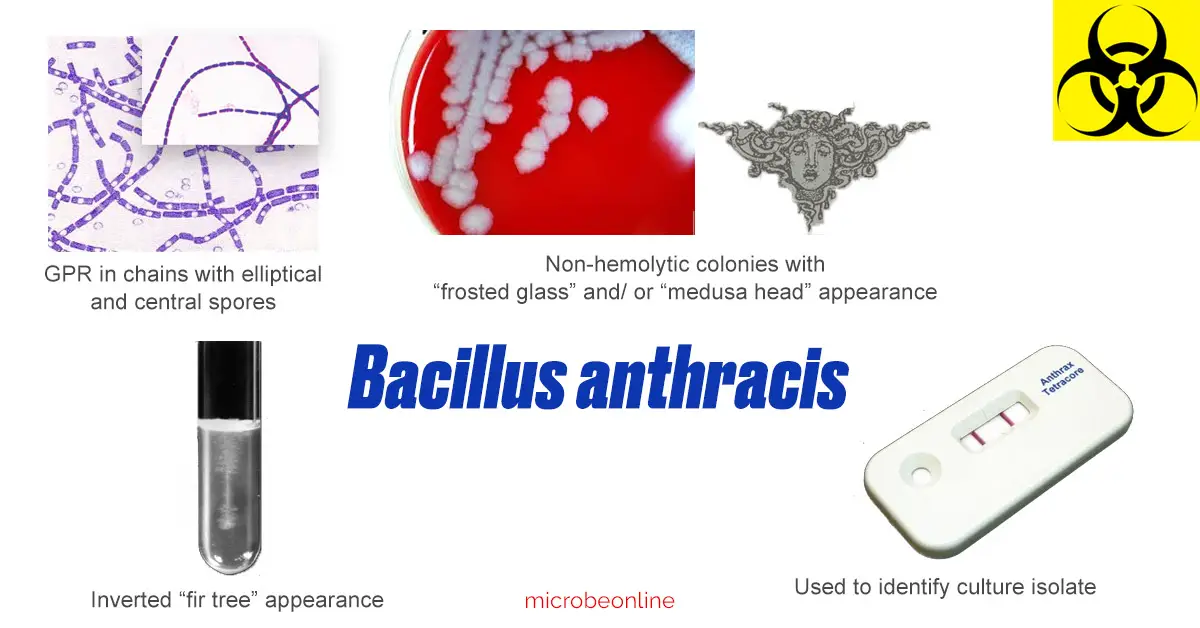

Animals dying from anthrax usually die suddenly, with only a brief illness preceding death. Control of anthrax in livestock herds is essential for prevention of its spread to humans.In some situations preventative antibiotics may also be given to people who are suspected to have been exposed to anthrax spores. Treatment with antibiotics is essential, particularly for inhalational anthrax. Person-to-person transmission of anthrax is very rare and has been reported only with cutaneous anthrax.Īrticles and soil contaminated with anthrax spores may remain infective for decades. (time during which an infected person can infect others) Usually 1 to 7 days, but can be up to 2 months.


(time between becoming infected and developing symptoms)
#ANTHRAX FROM ANIMAL HIDES SKIN#
Diagnosis of anthraxĪnthrax is usually diagnosed by isolating Bacillus anthracis from the blood, skin lesions or respiratory secretions. Up to 60% of people with intestinal anthrax will die without treatment. Symptoms may include: nausea, loss of appetite, vomiting, fever, abdominal pain, vomiting of blood and severe diarrhoea. Intestinal anthrax may occur following eating contaminated meat. Without treatment, death usually occurs 1 to 2 days after the onset of severe symptoms. Inhalation anthrax may initially resemble flu-like illness, but after several days severe breathing problems and shock may develop. Inhalational anthrax may occur when spores are breathed in. Image courtesy Public Health Image Library (PHIL), Department of Health and Human Services, Centers for Disease Control and Prevention (CDC-USA) Inhalational anthrax Deaths from cutaneous anthrax are rare with appropriate antibiotic treatment. There is usually marked swelling around the area and lymph glands in the adjacent area may swell. It begins as a raised itchy bump resembling an insect bite, which then develops into a vesicle (blister), then into a painless ulcer with a characteristic black area in the centre (see image).

Cutaneous anthraĬutaneous anthrax is anthrax initially involving the skin. Symptoms of anthrax vary depending on how the disease was contracted. Infection can also occur if spores are inhaled or if meat from an infected animal is eaten.Īnthrax is a potential agent for use in biological warfare. Infection can involve the skin if the bacteria enter a cut or abrasion. Anthrax most commonly occurs in wild or domesticated warm-blooded grazing animals such as sheep and cattle, but can infect humans.Īnthrax is a notifiable condition 1 How anthrax spreadsĪnthrax is a very rare disease in Australia, and usually occurs in farmers or other people who have close contact with animals or their products, especially wool, animal hair or skins. The anthrax bacterium produces spores (small resistant cells) which are capable of surviving for many years in the environment. Anthrax - including symptoms, treatment and prevention On this pageĪnthrax is an acute infectious disease caused by bacteria called Bacillus anthracis.


 0 kommentar(er)
0 kommentar(er)
